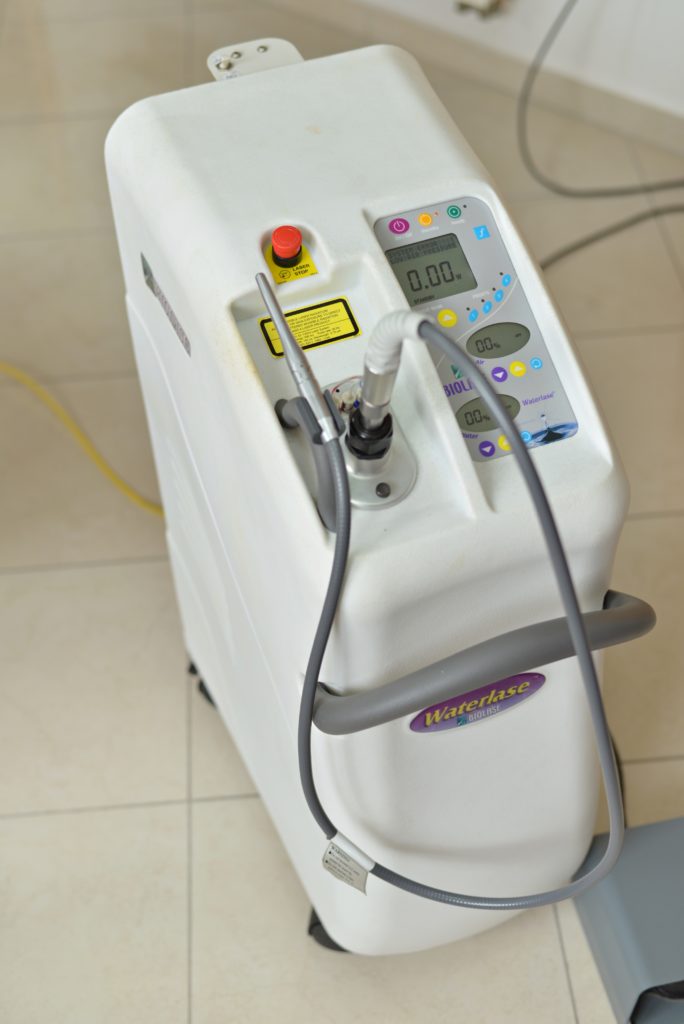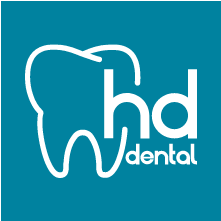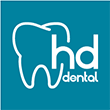our high tech
devices
Dental devices
at the highest stage
Biolase Waterlase
Dental laser Waterlase by Biolase
Traditional high-speed drills work by friction which creates heat which can cause pain.
The traditional high-speed drill also causes vibration, which can also cause pain and leads to microfractures. These microfractures allow bacteria to penetrate the tooth.
Waterlase energy does not create heat or vibration so there is no pain.
Further, the Waterlase is bactericidal, antiviral and essentially eliminates the risk of cross contamination.
Generally, we use the Biolase for
Caries treatment
- Class I, II, III, IV and V cavity preparation
- Caries removal
- Hard-tissue surface roughening or etching
- Enameloplasty, excavation of pits and fissures for placement of sealants
Endodontia
- Tooth preparation to obtain access to root canal
- Root canal preparation including enlargement
- Root canal debridement and cleaning
Surgery
- Flap preparation – incision of soft-tissue to prepare a flap and expose the bone
- Cutting bone to prepare a window access to the apex (apices) of the root(s)
- Apicoectomy – amputation of the root end
- Root-end preparation for retrofill amalgam or composite
- Removal of pathological tissues (i.e., cysts, neoplasm or abscess) and hyperplastic tissues (i.e., granulation tissue) from around the apex
Periodontology
- Laser soft-tissue curettage
- Laser removal of diseased, infected, inflamed and necrosed soft-tissue within the periodontal pocket
- Removal of highly inflamed edematous tissue affected by bacteria penetration of the pocket lining junctional epithelium
- Removal of granulation tissue from bony defects
- Sulcular debridement (removal of diseased, infected, inflamed or necrosed soft-tissue in the periodontal pocket to improve clinical indices including gingival index, gingival bleeding index, probe depth, attachment loss and tooth mobility)
- Tissue management

social
media
media

 AT: +43 676 933 3778
AT: +43 676 933 3778
